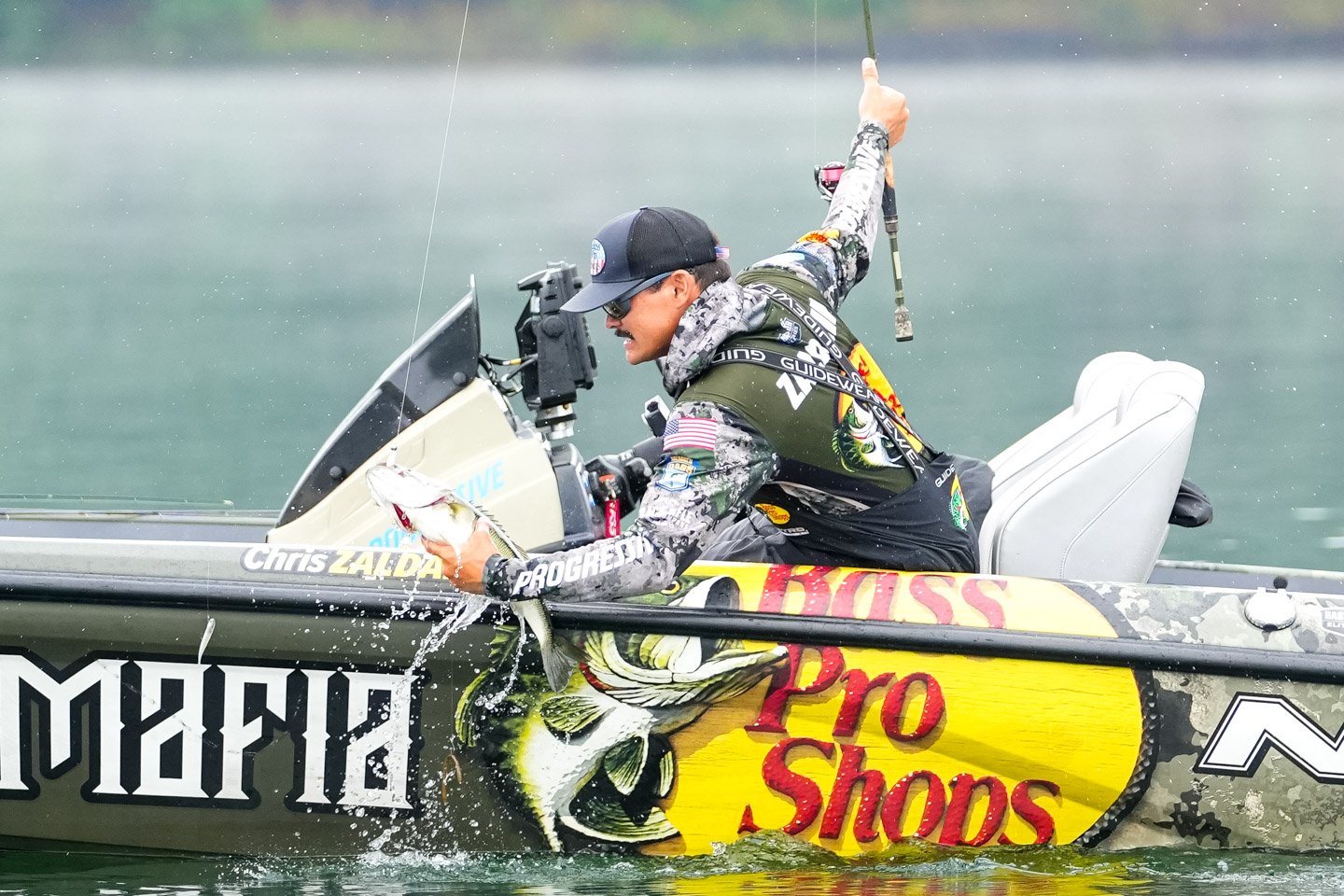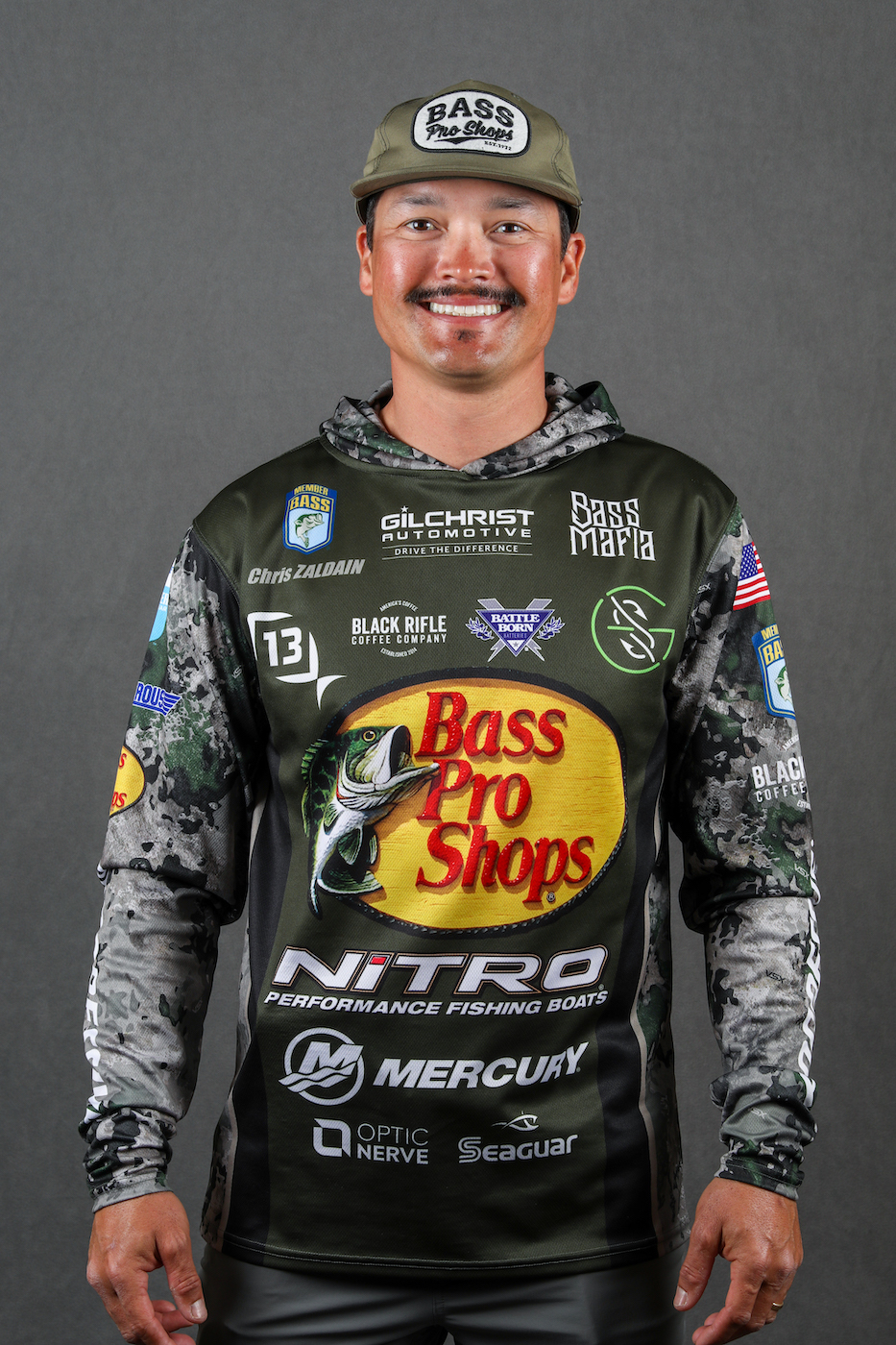
There’s no doubt that forward-facing sonar has greatly impacted our sport and the fishing industry. But fall is a great time to get away from this technology and hammer bass with old-school power fishing.
Across the country, shorter days and cooler temperatures have shad migrating to the back of pockets and creeks. I was just at the Won Bass U.S. Open on Lake Mohave. The cool desert nights had already triggered the shad to make this move.
It’s always amazing to see how predatory bass follow this baitfish migration like clockwork every fall. The beauty of this phenomenon is that the bass are there to feed.
You don’t have to coax them to bite with finesse presentations. Although finesse baits will work, you’ll fare better by power fishing with reaction baits. This approach can yield some of the biggest bags and heaviest bass of the year.
Traditional lures like spinnerbaits, buzzbaits, ChatterBaits and squarebills will trigger hard strikes. Whatever lures you tie on, they should be white or in a bright shad color.
My favorite fall lure is Bass Mafia’s new 5-inch Daingerous Loaded Swimbait. It’s a top-hook design that has an internal weight system. I opt for the shallow version in the violet albino color. It fishes just like a 3/8-ounce spinnerbait but looks more natural. It’s perfect for fall fishing.
Faster retrieves are better at this time of year because shad are constantly moving in large groups. Pair your reaction baits with baitcasting reels that have a gear ratio of 7:1 or faster. Speed equals reaction bites from shad-chasing bass.
While you can use forward-facing sonar to help you find and catch fall bass, you can do just as well without it. Over my bass fishing career, I’ve found my most successful fall outings relate to the size of the pockets the shad and the bass have swarmed into. By size, I’m talking about the distance from the mouth of a pocket or creek to the back.
Say I launch my boat on an unfamiliar lake. After I tie on my white power fishing baits, I’ll check a short pocket that may be only 50 yards from front to back.
If I don’t find them there, I’ll try a 100-yard pocket and then a 200-yard pocket or creek and so on. If necessary, I continue this process until I’m all the way up in a main creek.
Somewhere during this process, I’ll find the shad I’m looking for. So, if I find a pocket 250 yards long holding shad and bass, I will fish other pockets of similar size elsewhere on the lake.
Besides patterning the size of the pocket or creek, you should take note of whatever cover is available in the first hot spot you find. If it has grass, rocks or laydowns, look for similar size pockets that have the same type of cover.
Water clarity is another factor you should consider. Shad often prefer a specific water clarity, and that can range from clear to dirty. The more you break down what you find in one productive pocket, the better you can duplicate it somewhere else.
One final thing — most coves and creeks have a flat side and a deep channel side. The shad or bass typically relate to one side or the other. For example, if you find bass busting shad on a flat in one creek, they will likely be doing the same thing in other creeks.





